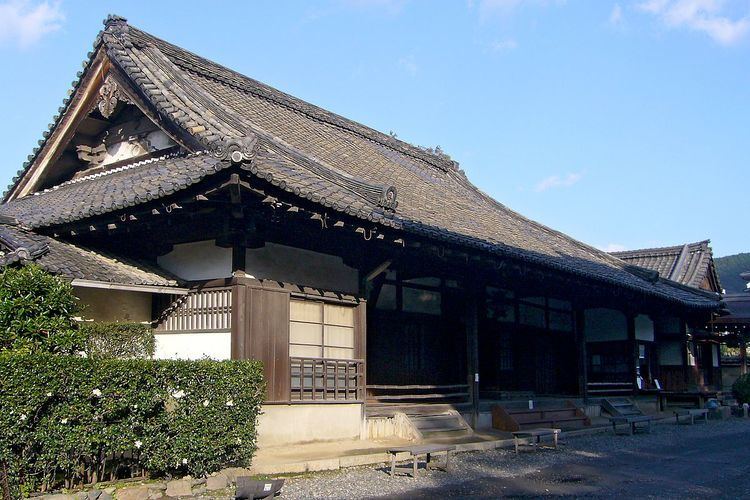Completed 1586 Phone +81 75-561-1720 | Opened 1586 | |
 | ||
Address Japan, 〒605-0931 京都府京都市東山区正面通大和大路東入茶屋町527−2 Similar Toyokuni Shrine, Sanjūsangen‑dō, Kyoto National Museum, Mimizuka, Chishaku‑in | ||
Hōkō-ji (方広寺, Hōkō-ji) is a temple in Kyoto, Japan, dating from the 16th century. Toyotomi Hideyoshi determined that the capital city should have a Daibutsu temple to surpass that of Nara. He is reputed to have claimed at the outset that he would complete construction in half the time it took Emperor Shōmu to complete the Great Buddha of Nara. The project during Emperor Shomū's reign took ten years. Hideyoshi would complete the initial phase of his project in only three years. The architects for this project were Nakamura Masakiyo and Heinouchi Yoshimasa.
History
References
Hōkō-ji (Kyoto) Wikipedia(Text) CC BY-SA
